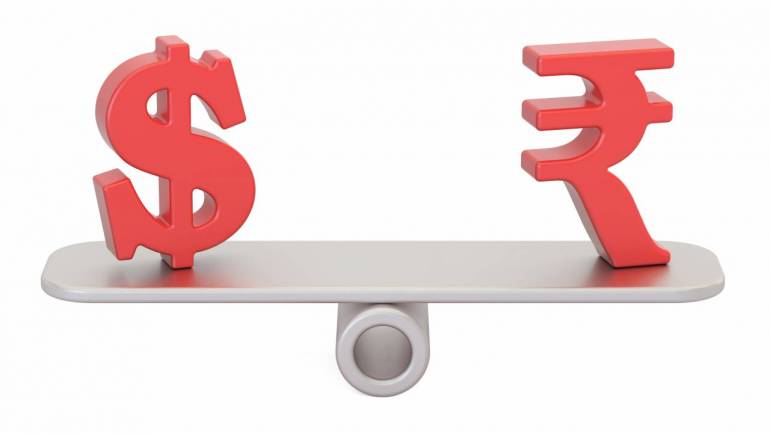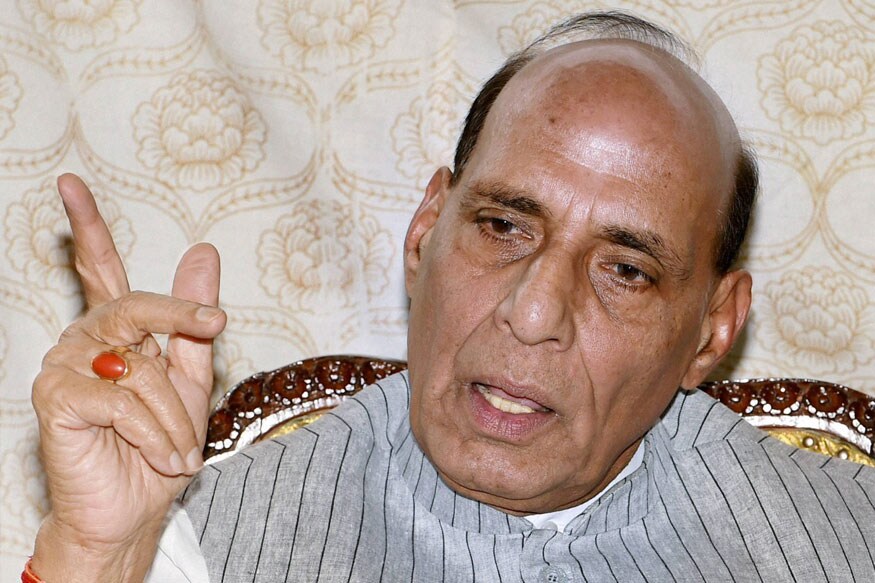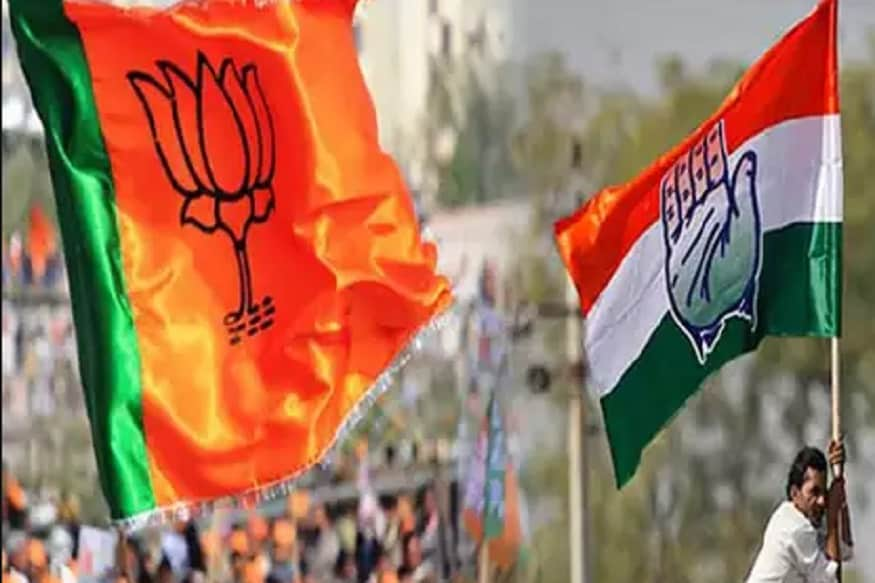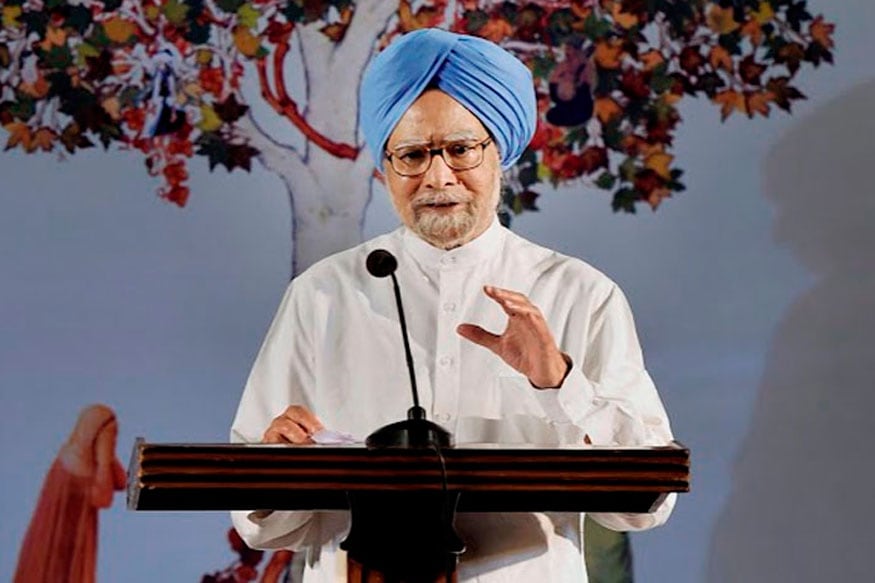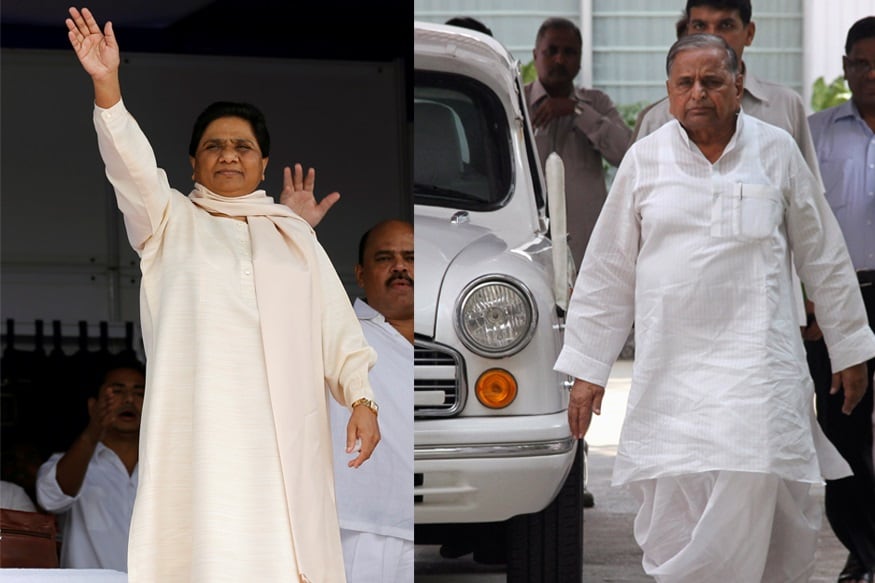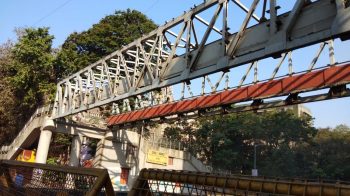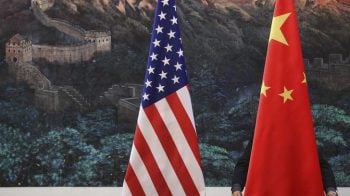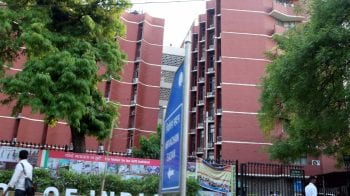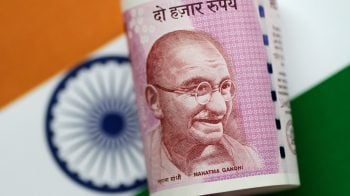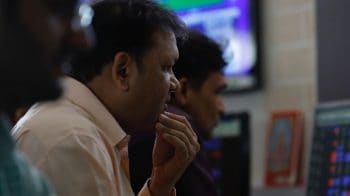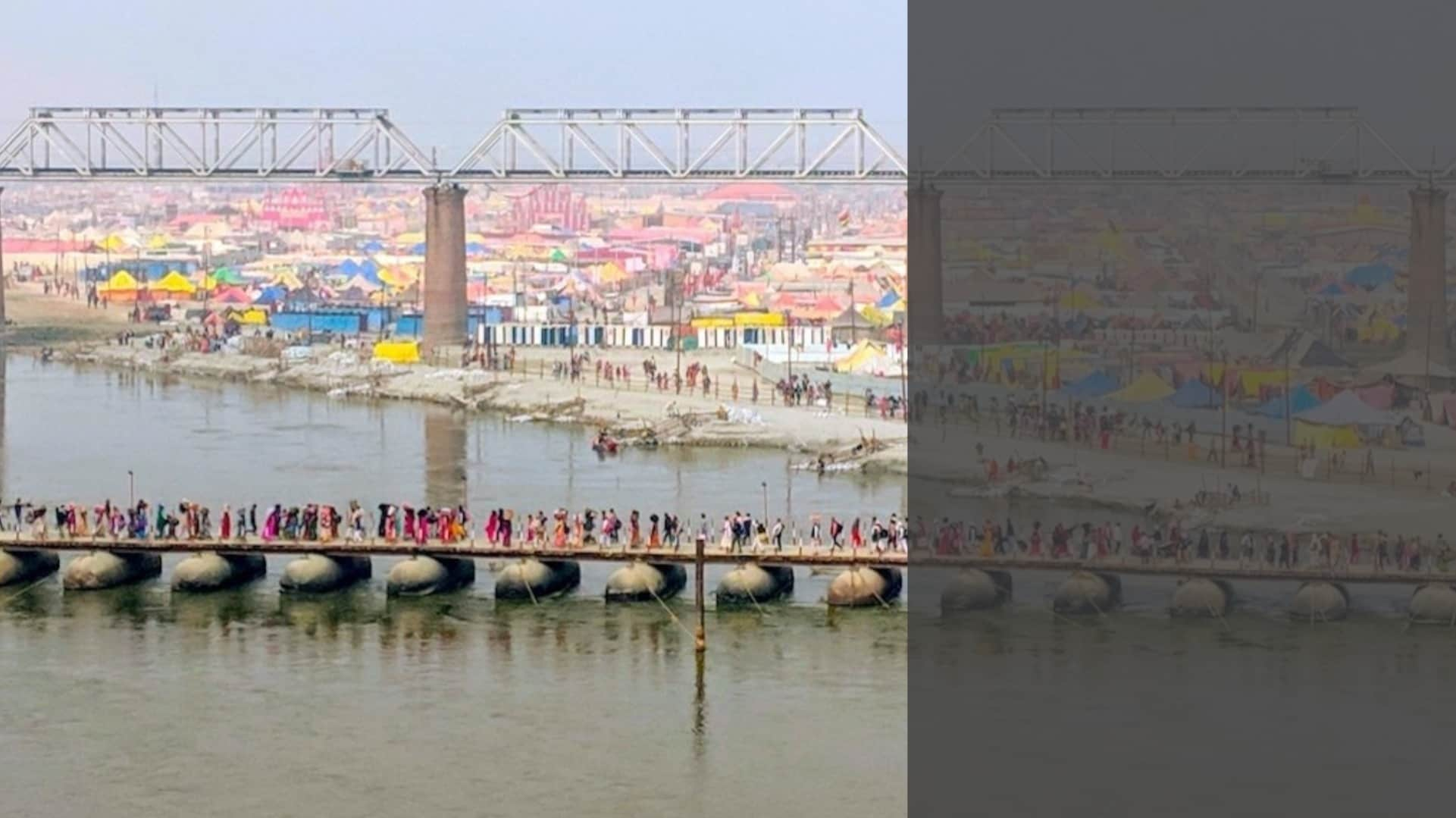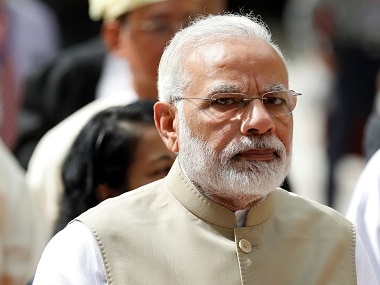The RBI should also reduce the Cash Reserve Ratio (CRR) to ensure enough liquidity
Gaurav Kapur
In response to the persistent liquidity tightness in the banking and financial system, especially ahead of the fiscal year end, the RBI has announced a dollar-rupee swap window to provide durable liquidity. So far this fiscal year, the Indian central bank has taken recourse of open market purchase of bonds to the tune of Rs 3100 billion to infuse liquidity in the banking system, to counter the drain from rising currency in circulation and a Balance of Payments deficit.
Currency swap last used during taper tantrum in 2013
The last time the currency swap route was used was in late 2013, when the objective was mainly to shore up the foreign exchange reserves and support the Rupee after it had depreciated sharply against the USD in a short span of time. The RBI raised over USD 32 billion through that swap window of 3-5 years, but had to provide a steep discount on the cost of swapping dollars to rupees on a fully hedged basis (in relation to the prevailing market rate). That period also coincided with much easier dollar liquidity conditions in the offshore markets. This time around the overall size of the swap has been capped at USD 5 billion and the discount to the swap cost will emerge from a market auction on the 26th of March, as against the upfront discount offered in 2013. If fully subscribed, this dollar to rupee swap, which involves RBI buying dollars now and selling them back in 3 years, will inject about 0.25 – 0.3% of NDTL (net demand and time liabilities) worth of primary liquidity in the banking system.
Size of swap relatively small considering liquidity pressures
The announcement of the swap window also suggests that the central bank wants to use and develop other instruments to manage liquidity. The route of open market purchase of bonds has its limits, considering that the banks have to hold about 26% of their NDTL now in government bonds as high quality liquid assets, to meet the 100% liquidity coverage ratio (LCR) requirement. The size of the swap however, is relatively small considering tight liquidity conditions would persist over the next 3-4 months or even longer in case capital inflows do not pick-up in a meaningful manner (over and above the current account deficit). Liquidity pressures could even become more acute considering the drain from an increase in currency in circulation in the run up to the general elections.
The RBI can continue to do more such swaps in the future, but that would depend upon the cost it is willing to bear and the extent of market distortion these swaps cause in terms of their impact on long-term forward premiums (which are a function of interest rate differentials between rupee and dollar rates). The success of the swap window in terms of garnering the desired amount of fresh capital inflows would critically depend upon the discount on offer to the current market premium and the risk appetite of banks willing to raise and commit fresh dollars for 3 years. The advantage for them of course is the interest differential available on rupee denominated assets. Banks may look to raise NRI deposits, if the cost of hedging i.e. the forward premium, eases on a sustainable basis due to this move.
It’s time for a re-look at reducing CRR
Under the current inflation targeting framework, the open market operations of the RBI are now a key instrument for liquidity management along with repo operations (both daily and term). With the announcement of this swap the RBI has signalled that it is willing to look at other instruments too. This makes the case for considering a cut in the banks’ CRR of at least 0.5% too, especially as with a 100% LCR requirement, the need for another 4% of NDTL as regulatory encumbrance, has reduced.
A CRR cut would free up the deposits held aside for regulatory requirements and help improve the transmission of any future rate cut by the MPC. Another way the CRR holdings of the banks can be used is by allowing banks to consider a part as HQLA (High Quality Liquid Assets) for meeting LCR (like in the case of their SLR holdings). The CRR was last cut in early 2013 and since then the monetary policy regime has evolved significantly with the Repo rate emerging as the key policy rate and the liquidity management framework too has developed around it, with daily repos, term repos and OMOs now working to improve efficacy of monetary management. While other instruments are being developed, the time is now ripe to even relook at an adequate level of CRR and the scope to reduce it.
(The author is the chief economist of IndusInd Bank. Views are personal.)









